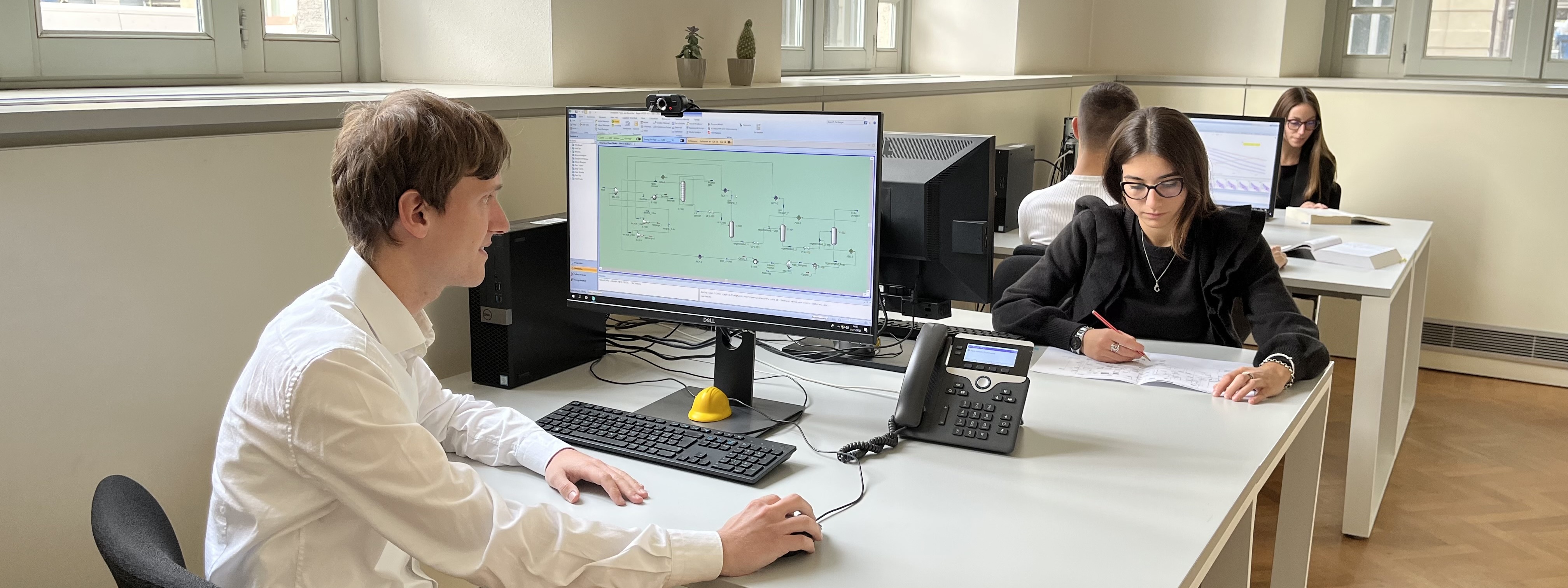
Thermodynamic modeling
Applied thermodynamics is of fundamental importance in process design and for a wide range of applications in many industries. Indeed, the thermodynamic modelling activity is at the heart of the development and optimization of industrial processes.
Modeling of separation/reacting units
Different cases for energy saving have been studied by GASP.
Acid gas purification by chemical absorption
As to the chemical absorption of acidic gas with MEA, MDEA and PZ we observed different results from commercial simulation packages. The goal is to properly “modify” a commercial simulation software in order to obtain reliable results from an AGR simulation.
GASP research is also focused on the study of innovative solvents for acid gas removal.
Carbon dioxide separation by cryogenic techniques
GASP has developed a patented process for the separation of CO2 from natural gas by cryogenic distillation.
Different techniques for acid gas removal
As examples of other acid gas removal techniques we report two cases. The first one regards the upgrading of sewage sludge-derived biogas from the King County South Treatment Plant (Renton, Washington) by water washing at high pressure.
LNG (LBG) production
LNG (LBG) production process can be modelled and simulated through software for chemical systems design as well as by means of ad hoc routines.
Separations in bioprocesses
The continued development of bioeconomy is expected to deeply transform several segments of the chemical industry, from bulk to fine chemistry. In this field, in which the separation costs come to exceed 70% of the total production costs, the GASP group has recently oriented his research activity towards two strategic areas.
Hydrogen carriers
Green hydrogen delivery over long distances requires the adoption of energy carriers capable of increasing its volumetric density. The following carriers, along with their value chains, are being studied: liquefied hydrogen, ammonia and liquid organic compounds.